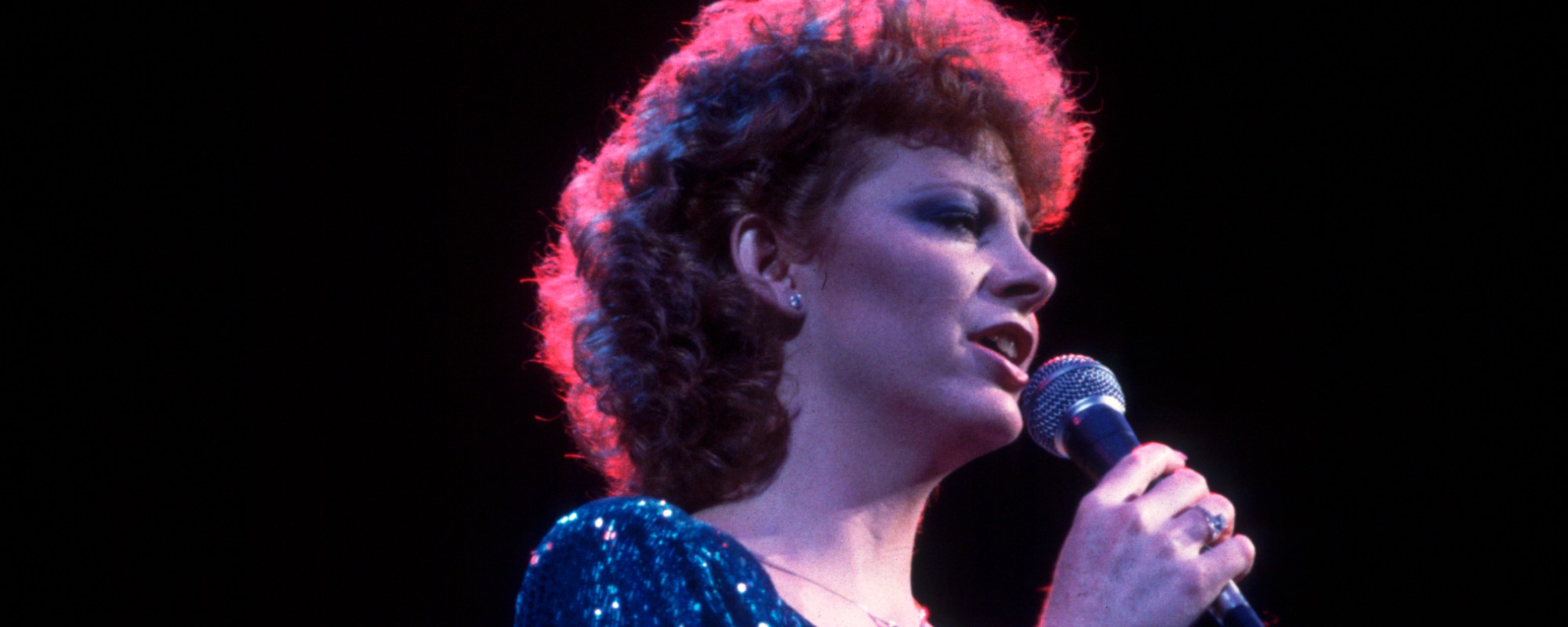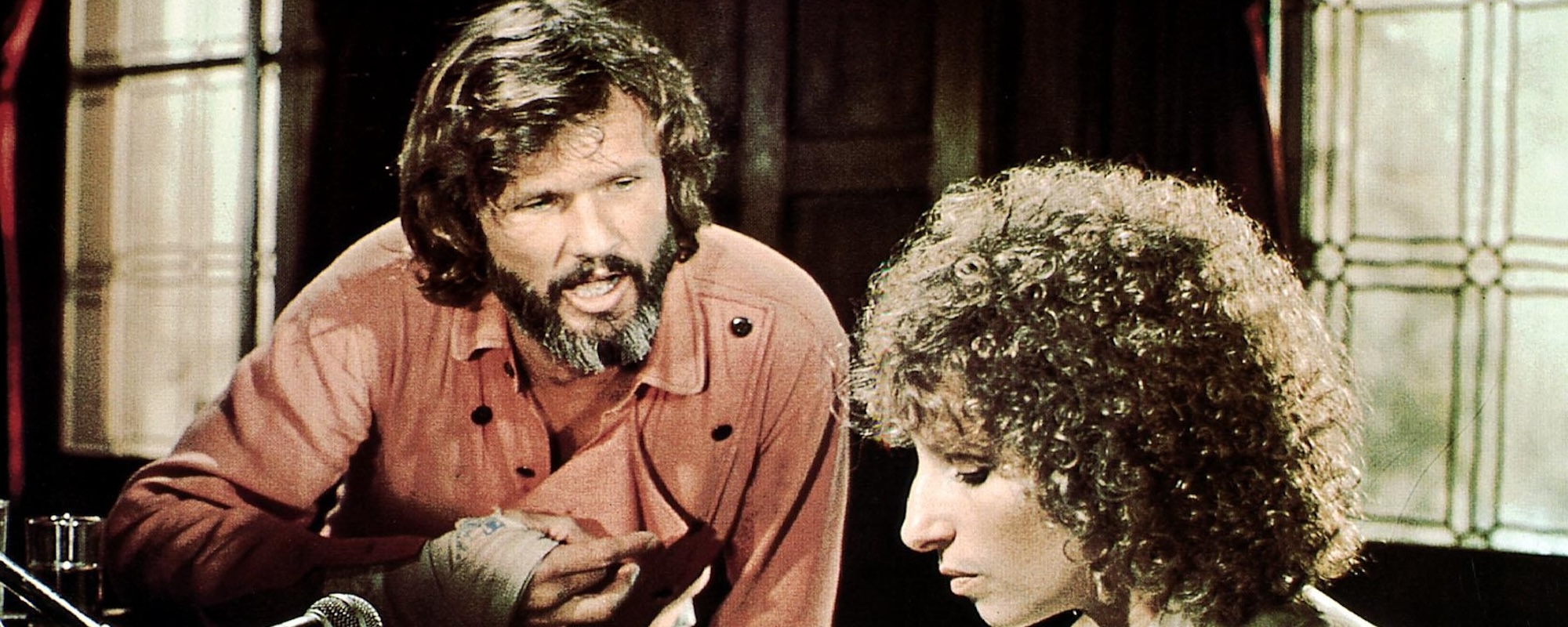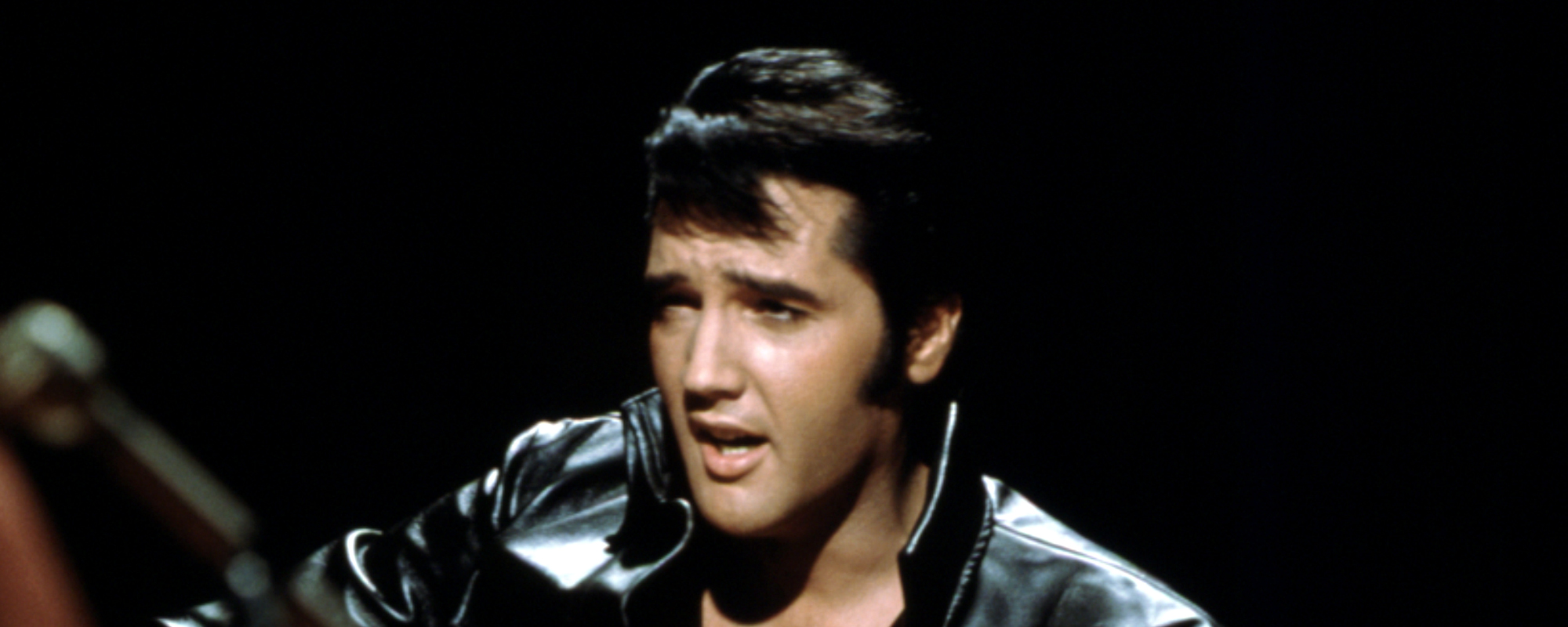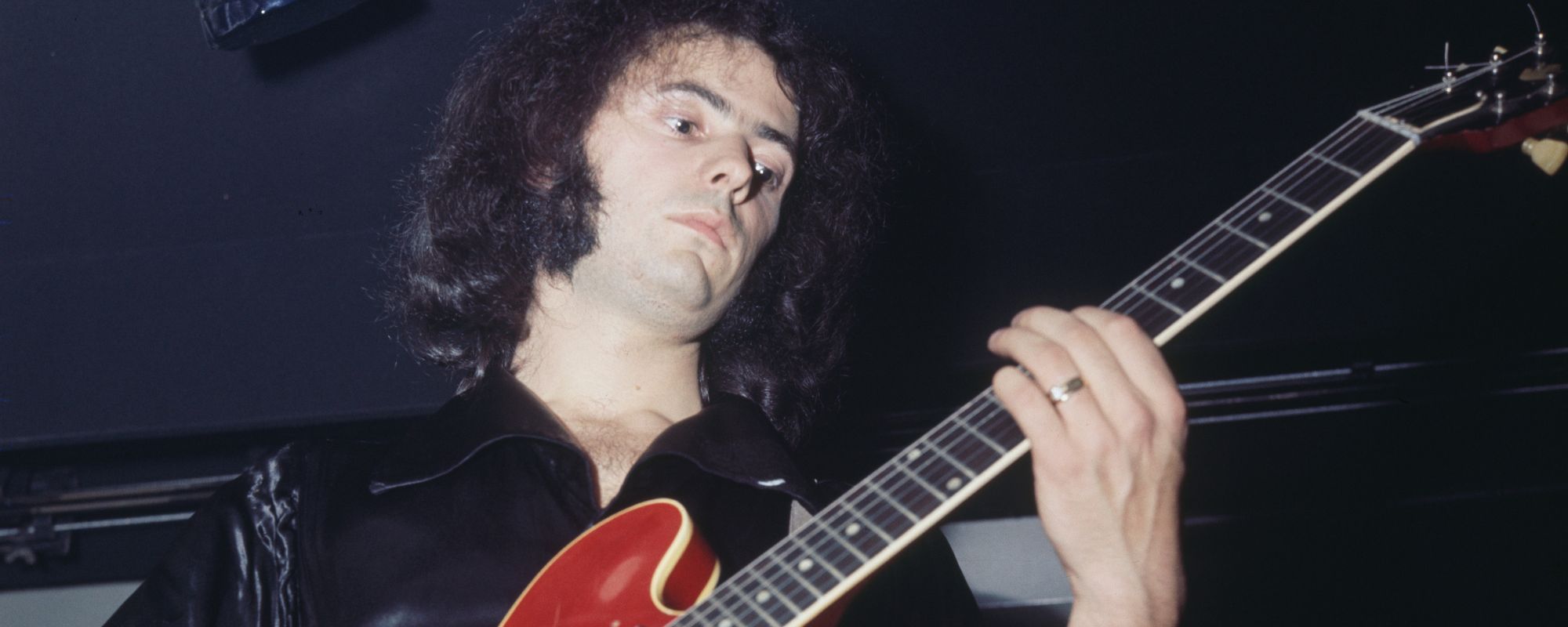When it comes to powerful, bold, and in-your-face rock ‘n’ roll, sometimes less is more—as exemplified by the groundbreaking instrumental that Led Zeppelin guitarist Jimmy Page once called “the essence of cool.” The future rock icon first heard the track on a jukebox when he was a young teenager, and indeed, the song would prove to be a tremendous influence on him for the rest of his career.
Videos by American Songwriter
For Page and so many other aspiring rock musicians around the world, this track opened up an entirely new world of guitar tone.
Jimmy Page Called This Instrumental “The Essence Of Cool”
From the late 1950s to the late 1970s, rock ‘n’ rollers were taking the formula for what they already knew a six-string electric could do and pushing the boundaries one notch further. Musicians were experimenting with distortion, feedback, tremolo, and other tricks for making guitars squeal, growl, and sing. One of the most iconic examples of this musical expansion was “Rumble” from Link Wray & His Wray Men—an instrumental track so ubiquitous that even if you don’t know the name, you’d likely recognize the melody.
For a young Jimmy Page, “Rumble” was his key to another level of playing. “I first heard Link Wray’s music when I was 14 years old,” the Led Zeppelin guitarist said when inducting Link Wray into the Rock & Roll Hall of Fame in November 2023. “It wasn’t necessarily the sort of music that was being played on the BBC radio. But I heard it through a jukebox. The first time I heard it, I remember listening to it with such awe. I thought, ‘Who is this?’”
“In those days, there were many guitar instrumentals,” he continued. “But as a 14-year-old kid barely playing the guitar, it really had an effect on me. The vigor in it, the strength in it, the power in it. There was something else. It was fearless…just phenomenal. It’s the essence of cool. A masterpiece that just sort of melted its way into the fibers of my body and my consciousness, as far as the drama that you can set up with six strings. It’s the sort of stuff that can’t be taught. It’s the sort of stuff that you feel and you can take it on board if you like it.” Page ended his speech by calling Wray “my hero.”
How A Pencil Helped Shape The Future Of Rock ‘n’ Roll
Link Wray’s expert combination of gritty distortion and warbling tremolo made his 1958 track, “Rumble,” incredibly appealing. The sound was ominous, slinky, dangerous, and unlike anything rock music had seen before. The sound was so alarming and the title so evocative to some listeners that radio stations across the U.S. banned the song from the air. Of course, this banishment only piqued interest in the track further, which is even more impressive when one considers the improvisational nature of how the song came to be in the first place.
According to Wray, he was performing at a record hop in Fredericksburg, Virginia, when a local DJ asked Wray and his band if they could play music that the attendees could “stroll” to. Not knowing much about the latest dance craze, Wray began improvising the slow shuffle. Someone put a microphone up to Wray’s amp, causing the tone to distort. As Wray put it, “The kids just went ape.” The crowd asked the band to play the song upwards of four times in a row. Naturally, Wray and His Wray Men quickly went into the studio to cut the popular track to a 45 single.
Unable to recreate the crunchy distortion from their live show, Wray began poking holes in the tweeters of his amp, thus creating the guitar tone that inspired countless future rockstars, including Jimmy Page, Bob Dylan, the Who’s Pete Townshend, Jeff Beck, and more.
Photo by Barry Peake/Shutterstock











Leave a Reply
Only members can comment. Become a member. Already a member? Log in.